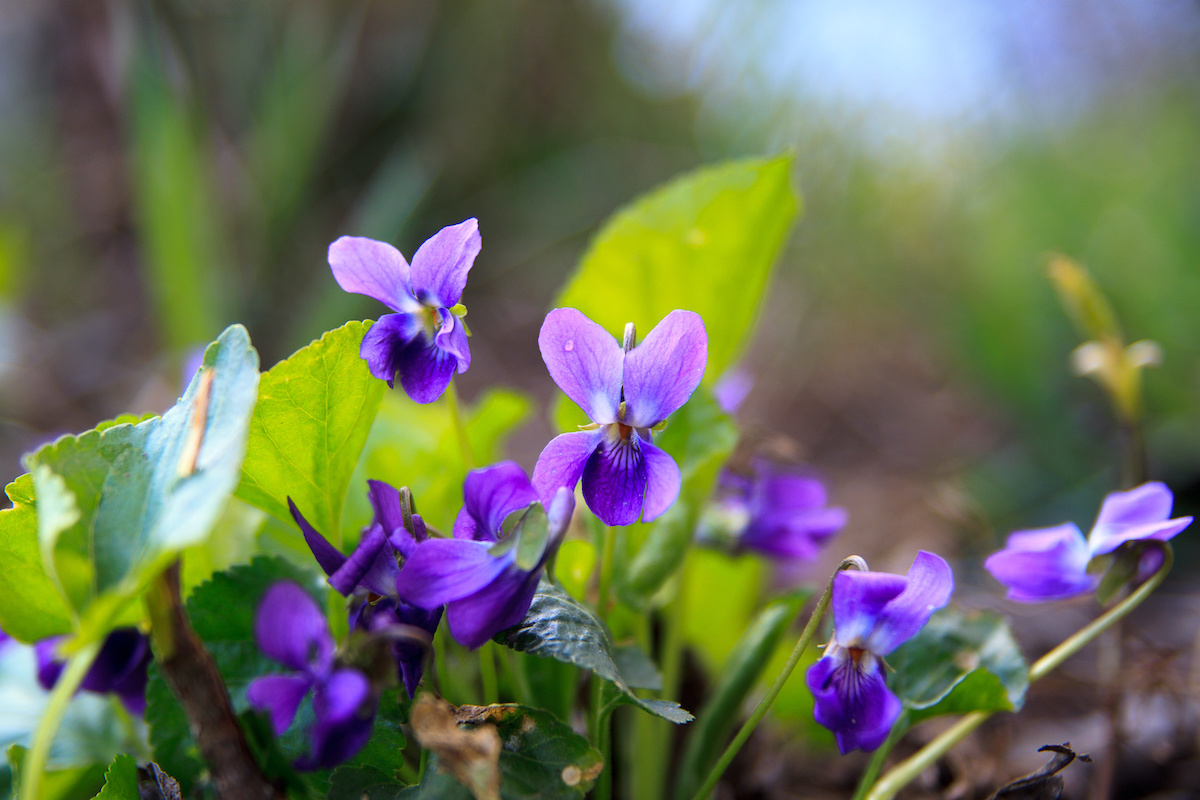Garden plants and garden weeds: you will not find a fine line separating the two. Weeds are nothing but plants that grow where we do not want them to grow. They just pop up all over the place and usually thrive without any attention or care from us. There are some weeds, however, that have great medicinal value, and perhaps we need to think twice before attempting to do away with them.
Dandelion
These yellow beauties grow everywhere, even in well-manicured lawns – despite all of our efforts to eradicate them. Dandelion flowers, leaves, and roots are not only edible but nutritious, with plenty of beta-carotene, iron, and several vitamins and minerals. The roots especially contain high amounts of inulin starch, which is excellent for maintaining the health of gut microbes. As its scientific name Taraxacum officinale implies (scientific names ending in Officinale and Officinalis indicate medicinal use), dandelions are medicinal, with excellent anti-inflammatory and diuretic effects.
Reap the benefits of dandelions by eating the fresh leaves sautéed in butter, tossed into soups and salads, or made into pesto. Pluck the flowers before the seeds mature, use them fresh or dried to make a health-giving tea.
Purslane
This small, ground-hugging weed doesn’t do much damage to your garden plants, but those who are obsessed with keeping their flower beds pristine often fight a losing battle with it. You might want to treat it with some respect when you realize what a punch it packs in its tender, succulent stems, and tiny leaves. They have a pleasant tangy taste and are a great addition to salads and soups. The branches bear tiny yellow flowers at their tips.
Portulaca oleraceae contains the highest amount of vitamin E and vitamin C among edible greens. It’s one of the few vegetable sources of omega-3-fatty acids, and the amount of this critical dietary fat in purslane is five times that of spinach. Maybe it’s time we started farming purslane in place of spinach.
High in potassium with diuretic properties, purslane acts as a heart tonic. It’s also anti-inflammatory and used in traditional herbal medicine to remedy diabetes. Persons prone to developing kidney stones should use purslane in limited quantities due to its oxalate content.
Mullein
This weed can be easily recognized when its long flower stalk emerges from a basal rosette of grayish, leathery leaves. Standing tall with bunches of yellow flowers that open at different times over a long period, mullein is an excellent focal plant in the garden.
Verbascum thapsus or great mullein has been used in traditional medicine to cure ailments related to the respiratory system, from the common cold to stubborn cough and even asthma. Prepare herbal tea from the leaves and flowers, or use the concentrated syrup to make cough syrup. In many places, mullein leaves are rolled up and smoked for quick relief in severe cases of chest congestion and coughing. Mullein is also a relaxant and relieves anxiety and promotes great sleep.
Lambs quarters
Commonly called pigweed or white goosefoot, gardeners are all too ready to pull up this plant Chenopodium album from their garden beds. On the other hand, its next-in kin, Chenopodium quinoa, is regarded as a superfood. It’s also closely related to spinach and is sometimes called wild spinach. The soft, waxy, or mealy-coated leaves with irregular margins are edible and are not unlike spinach in taste and flavor.
Rich in iron, amino acids, and vitamins, the greens can increase the nutritional value of your meal when used in stir fry dishes. It can relieve constipation and help fight anemia by increasing blood hemoglobin levels.
Nettle
If you have ever been stung by stinging nettle Urtica dioica (urtica= itch), you wouldn’t be surprised why it’s treated as a noxious weed by gardeners. The hairy stems and the finely serrated leaves covered in hairs help recognize this plant and stay clear of it.
However, if you carefully harvest the leaves with gloved hands and cook it like spinach, the stinging disappears, and you get to eat tasty greens. Its potent anti-inflammatory helps relieve arthritic pain and other chronic inflammatory conditions.
Chickweed
This low-growing weed common in gardens can be recognized by its tiny, white, starry flowers borne on the tips of branches. Chickweed (Stellaria media) is traditionally used as a poultice for wounds, itchy rashes, and joint pains. People in recovery (recuperating from a long-drawn disease) were given chickweed soup for faster recovery.
Chickweed is being researched for its anti-obesity benefits and showed promising results in an experimental study in mice.
Violet
The common sweet violet Viola odorata has such pretty blue flowers and heart-shaped leaves that it is hard to call it a simple weed. Probably it was once a beloved garden plant but eventually got edged out by others with larger and brighter flowers. Or it’s the plant’s highly spreading habit, through its numerous seeds and underground stems, that made it unwelcome in gardens.
Violet leaves are rich in vitamin C, have anti-inflammatory properties, and are easy to make into a helpful tea. Boil violet flowers in maple syrup to make a cough syrup for children. Add tender leaves and pretty flowers to salads for extra color and flavor, and use frosted flowers as pastry decorations.
Common mallow
Commonly called malva or wild cheeseweed after its round seed pods, Malva sylvestris is another weed with pretty flowers. The plant has notched palmate leaves and pink-purple flowers with five petals that look like miniature hibiscus. Crushing the leaves will release mucilage, a common characteristic of Malvaceae plant family, both hibiscus and vegetable okra.
High in zinc and other minerals and vitamins essential for health, mallow leaves add great flavor to soups and stir fry dishes. The mucilage is soothing to the digestive and respiratory systems and helps in relieving constipation and cough.
Plantain
Plantain (Plantago major) is an easily identified weed commonly found in wild areas and on the sides of highways. It’s also well-recognized for its healing properties against a wide range of ailments of eyes, ears, and mouth, including tonsillitis, mouth sores, and toothaches.
Mix juice from the leaves with honey and take orally to relieve cough and other respiratory problems and relieve stomachache, indigestion, constipation, and hemorrhoids. Powdered dry leaves can be used in bandages to heal wounds, burns, urticaria, and skin ulcers and blisters. This plant deserves a prime spot in the garden, not in the weed bin!
Note: As always, be cautious when ingesting any herbal remedy – don’t ever use plants from areas where herbicides, fungicides, or pesticides are sprayed.
-The Backyard Garden Team







